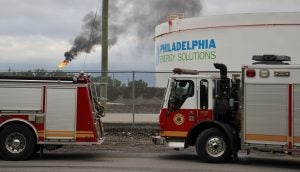Eliminating the PES refinery’s deadliest chemical will be a 24/7 job for weeks
The Philadelphia Energy Solutions refinery has started neutralizing and eliminating a highly toxic chemical still present at the site. It will take weeks.
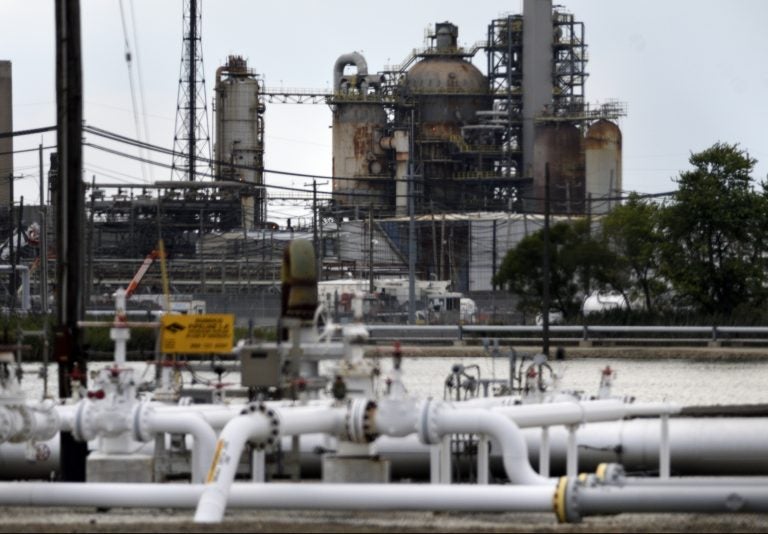
Philadelphia Energy Solutions Refinery on August 8, 2019. (Bastiaan Slabbers for WHYY)
This story originally appeared on PlanPhilly.
The Philadelphia Energy Solutions refinery has started neutralizing and eliminating a highly toxic chemical still present at the shuttering facility.
The June 21 explosion and fire that led the company to announce its closure and file for bankruptcy blew up a part of the facility that contained the chemical, called hydrofluoric acid.
Philadelphia Fire Commissioner and director of Emergency Management Adam Adam Thiel described the 33,000 gallons of HF that remain at the site as a threat to workers and the surrounding community.

The good news, he said, is that the amount of acid will get reduced everyday and so far, there are no signs that any of the deadly chemical has been released in the clean-up.
But the process of neutralization is inherently dangerous, he said. The work could take more than two weeks.
“We’re sort of between a rock and a hard place,” Thiel said. “We’re tracking and managing and planning for a wide range of things that can happen, and the impacts both inside the fence line and potentially, to the community.”
Hydrofluoric acid is one of the most dangerous industrial chemicals in use. PES used it to make high-octane gasoline. Small amounts on the skin can be fatal and low levels of HF in the air can irritate the eyes, nose and respiratory tract. Breathing large amounts of it can cause death.
The fire commissioner said the city is reducing the risk as much as possible to keep life, property and the environment safe by doing “a lot of planning, planning, planning and more planning,” having emergency crews on site 24 hours, everyday, and by having air monitoring systems around the site. City, state and federal agencies and experts are overseeing the task, he said.
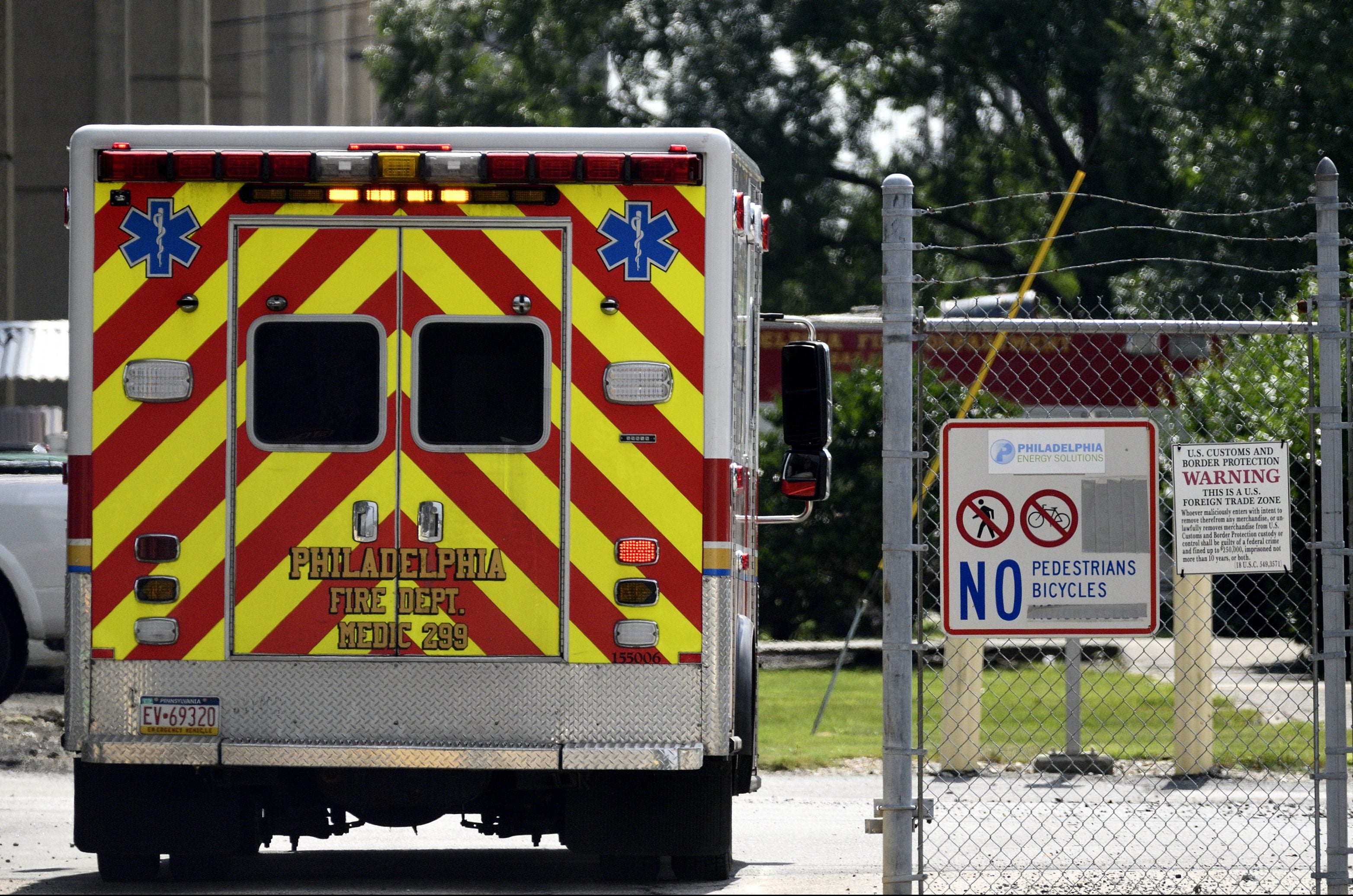
“We have a host of chemical engineers, environmental engineers, a lot of people with a lot of expertise in this business — not just from here in Philly, not just from PES, but quite literally drawn from firms across the nation — to do this activity as safely as possible.”
Thiel said to neutralize the acid you have to mix it with a base, a process known as titration. But things can go wrong in the process, as most of those who have mixed vinegar and baking soda know. The biggest danger is this case is that the extreme heat produced in the reaction could lead to it leaking as a gas. The process implies transferring the material from one vessel to other vessels.
“This is really sort of a really big high-risk acid-base neutralization,” Thiel said. “We have had continued air monitoring on the site for a long time now, and we are maintaining that through the course of the process.”
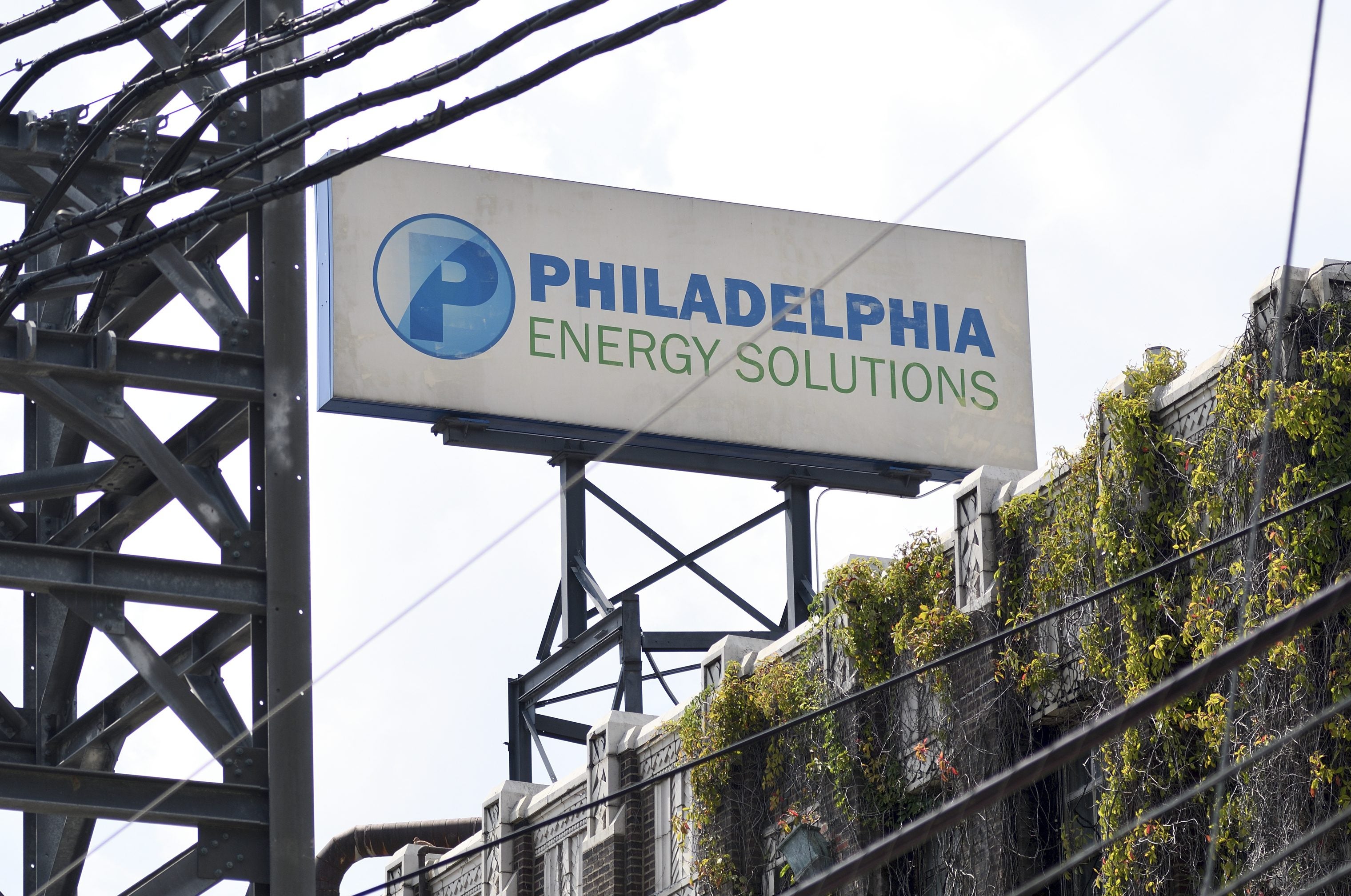
“As we understand it today, from those readings, there has not been any HF released during the neutralization process.”
Thiel said the resulting products from the neutralization are not HF and can be disposed of on-site through PES’ wastewater treatment plant, which is regulated and overseen by the Department of Environmental Protection.
The commissioner said a contractor is doing the neutralization and that between 150 and 200 people are working on the process, using protective equipment. Weather conditions, such as storms or extreme heat, can delay the process, he said.
Thiel said causes of the refinery’s fire and explosion remain unknown. Investigations by the Philadelphia Fire Department Fire Marshal’s Office, state and federal agencies are ongoing.
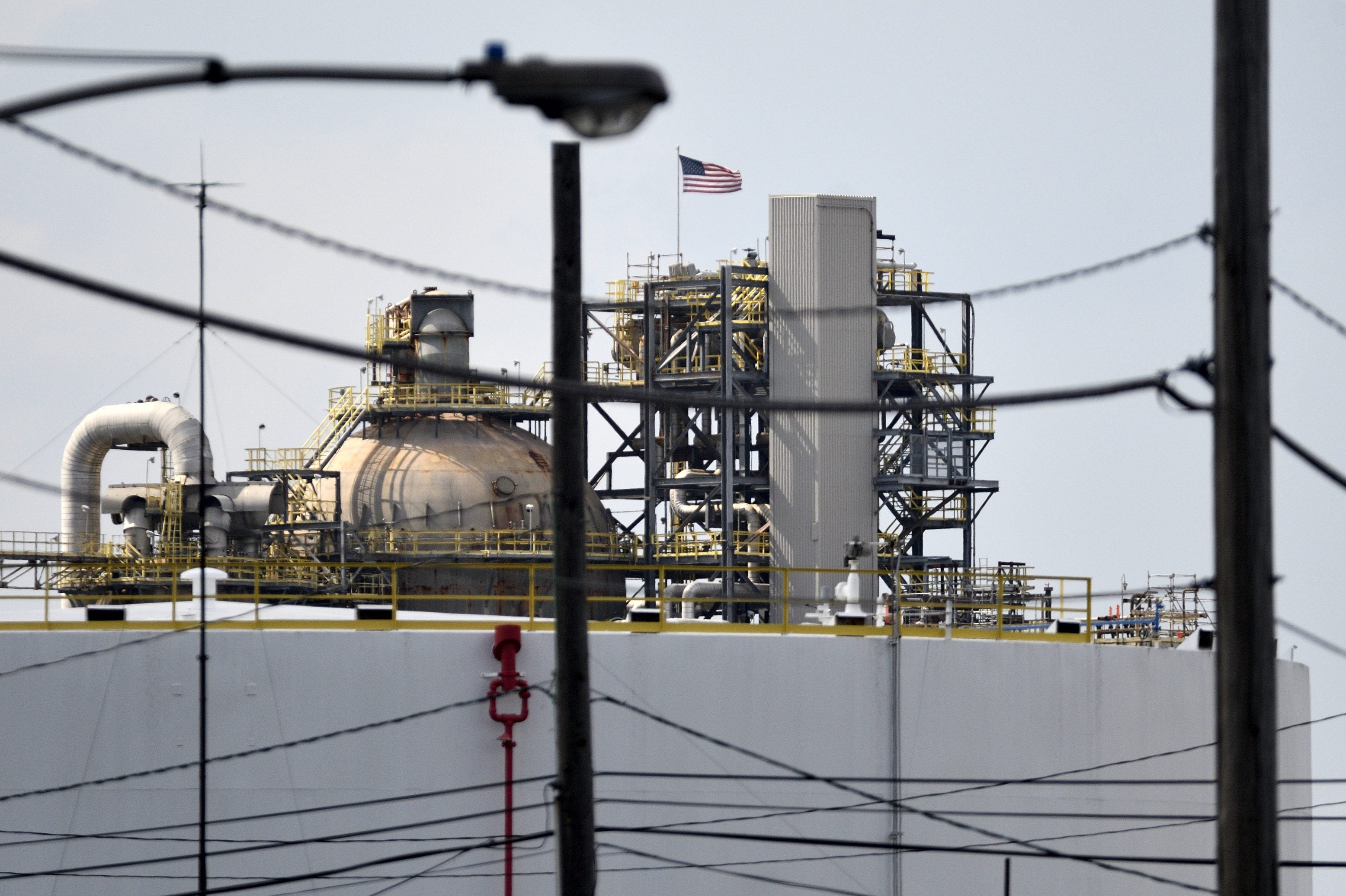
“Those investigations are going to take months, months, for us to know what happened exactly and all the nuances and facets of that,” he said.
Philadelphia Police’s deputy commissioner Joseph Sullivan, Pennsylvania Emergency Management Agency’s eastern area director Tony Camillocci and the Pennsylvania Department of Environmental Protection’s regional director Patrick Patterson were also at the press conference but didn’t give statements.
WHYY is your source for fact-based, in-depth journalism and information. As a nonprofit organization, we rely on financial support from readers like you. Please give today.




